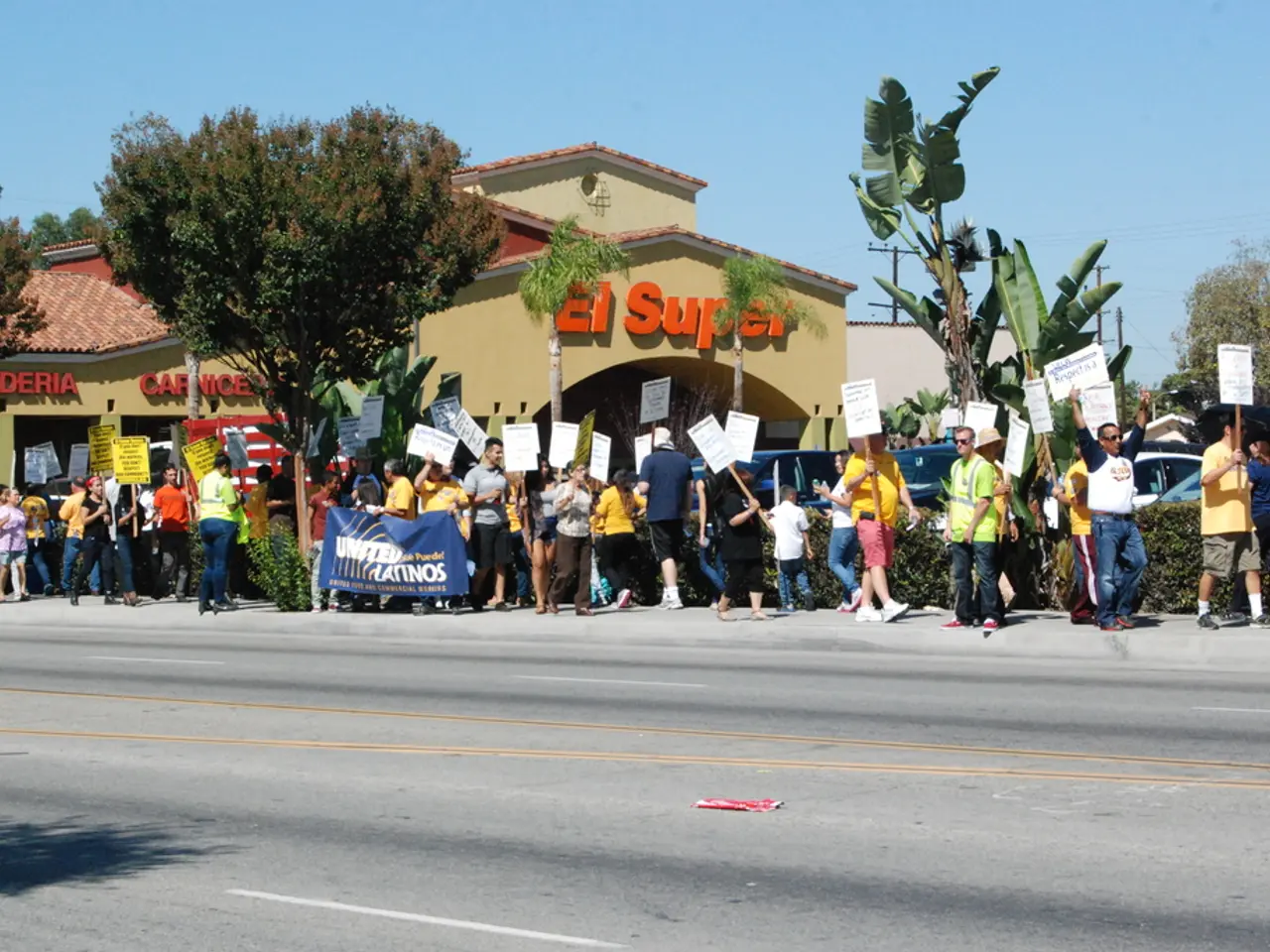Thirty years have passed since the initial arrival of pateras in the Canary Islands, transformation from solitary stories to a humanitarian crisis: "They escaped from their homelands"
Arrival of Migrants in the Canary Islands: A Pivotal Moment in Spain's Migration History
In 1994, a significant shift occurred in Spain's migration landscape as the Canary Islands witnessed the first major influx of unaccompanied minor migrants from West Africa. This marked a turning point in Spain's migration history, prompting new policies and enforcement measures.
Historically, the Canary Islands had been a crossroads for migration due to their strategic location off the coast of Africa. However, 1994 stood out as a pivotal year, with an influx that led to new policy and enforcement measures. After this year, Spain and the EU increased cooperation with African countries, including deploying Spanish Guardia Civil officers to West Africa from 2006, to help manage migration flows.
Since then, the situation has evolved with fluctuating waves of migrants attempting the dangerous crossing. The Canary Islands continue to face challenges as a primary entry point for irregular migration into Europe, leading to humanitarian and political responses. Practices such as intercepting boats and returning migrants have occurred, sometimes causing tensions, as reported in interactions where migrants onboard intercepted boats were forced back to shore amid visible distress.
The Canary Route, the path migrants took to reach Europe, had high mortality rates. The first recorded shipwreck occurred on July 26, 1999, off the coast of Fuerteventura, resulting in nine Moroccan deaths. Over the years, more and more migrant people began to arrive in Spain, with the number of migrants multiplying by six in 2006.
In August 1994, Ana Blanco announced the first arrival of two migrants by boat to the Canary Islands. Baijea and Bachi, Sahrawis fleeing the regime of Hassan II in Morocco, were the first migrants to cross the 96 kilometers of the Atlantic Ocean from the African continent to the island of Fuerteventura. Upon arrival, they received medical care, clean clothes, and were transferred to a capital island for further resources if on El Hierro.
Aurora Hernández, a restaurant owner, remembers offering them shelter, water, and hot milk. Since 2006, the use of cayucos, fishing boats from Mauritania or Senegal, has significantly increased the number of migrants arriving in Spain, with over 230,000 migrants reaching the Canary Islands since 1994, with half arriving in the last five years.
In 1995, the Government met in the Canary Islands with its respective island delegates to address the situation. Today, in August 2024, 300 unaccompanied minor migrants entered Ceuta, and currently, nearly 6,000 minors are accommodated. However, it's important to note that more than 5,000 people have died on migratory routes to Spain according to the NGO Caminando Fronteras in 2024.
The situation continues to be complex, involving Spain, the Canary Islands, African countries, and the European Union, with ongoing debates about humanitarian treatment, security, and migration management. The Canary Route remains one of the main points of irregular access to Europe, highlighting the need for continued attention and action to address this ongoing issue.
References:
[1] The Canary Islands: A Contested Space. (n.d.). Retrieved from https://www.historytoday.com/archive/canary-islands-contested-space
[2] The Canary Islands Migration Crisis. (n.d.). Retrieved from https://www.bbc.com/news/world-europe-55364184
[3] Forced Returns of Migrants: A Human Rights Concern. (n.d.). Retrieved from https://www.amnesty.org/en/latest/news/2021/03/spain-forced-returns-of-migrants-a-human-rights-concern/
While the number of migrants arriving in Spain has significantly grown since 1994, reaching over 230,000 by 2024, the Canary Route remains one of the main points of irregular access to Europe. The averages of migrants arriving in recent years have led to a need for increased humanitarian and political responses to manage this complex issue, involving multiple countries and ongoing debates about humanitarian treatment, security, and migration management.






